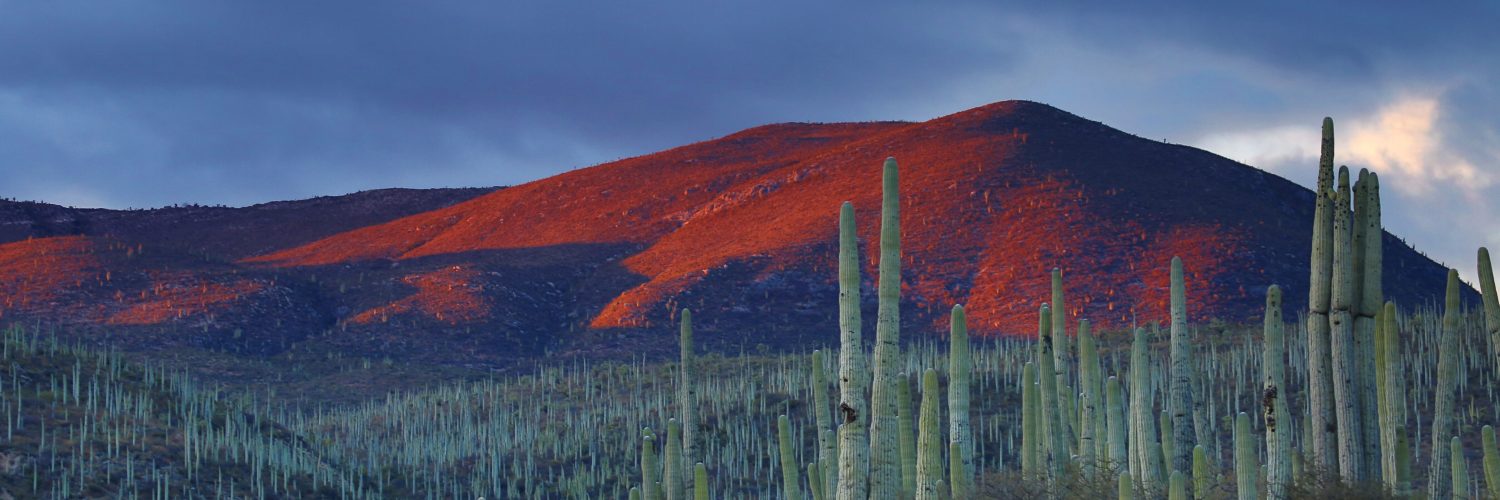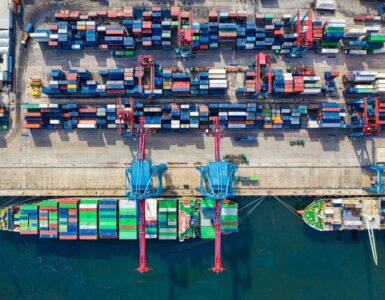While there is an international border that cuts through the Arizona-Sonora region, the collaboration between leaders and the bond between the binational neighbors make it a two-nation destination.
“Mexico is Arizona’s number one source of international visitors. More than 10,000 overnight tourists from Mexico visit Arizona each day, and thousands more day-trippers travel across the border to shop, dine and recreate,” Debbie Johnson, Arizona Office of Tourism executive director, said.
Visitors from Mexico see attractions throughout all of Arizona, and many make short trips up to Tucson to shop.
“Shopping is the main purpose and reason for visitors to come here,” Felipe Garcia, Visit Tucson executive vice president, said. “In addition, we’ll see visiting family and friends, they come here to see doctors [and] specialists for medical reasons, and for business as well.”
According to AOT’s 2007-08 Mexican Visitors to Arizona report, more than 57 percent of visitor parties from Mexico visit Arizona to shop and more than five percent visit to see friends and relatives.
While Arizona and Sonora are bordering states, the two still have to continuously communicate and collaborate to encourage and promote tourism back and forth.
“The Arizona-Mexico Commission, they provide the framework for Sonora and Arizona to get together, to sit down and have a conversation about the challenges in the tourism industry between our two states and two countries,” Garcia said.
The Arizona-Mexico Commission (AMC) works to help maintain and build relationships in varying industries in Arizona and Mexico to benefit both sides of the border.
It takes the work of leaders in Mexico and Arizona to foster the relationship, but the bond between neighbors throughout the Arizona-Sonora region keeps it strong.
“What binds us together isn’t our shared border but all the things that span it: family ties, cultural alliances, daily commerce. These innate connections shape the identities of citizens on both sides of the border, and they motivate us to help one another succeed,” Johnson said.
“This is a good way for individuals to connect, to really understand,” Garcia said. “When someone travels even the perceptions they might have about your neighbor or somewhere you’re visiting, it changes when you are able to go to that city, that community and you understand the people and connect to the people.”
Puerto Peñasco, commonly referred to as Rocky Point by Arizonans, will be a base for a cruise ship operated by Cruise and Maritime Voyages starting in December 2019.
“Big picture, I hope this maiden service is another stepping stone toward a completed cruise port in Rocky Point, which would strengthen the tourism economies of both Arizona and Sonora, and is something Governor Ducey and Governor Pavlovich have long supported,” Johnson said.
Arizona is working to ease the travel process for those who want to set sail from Rocky Point by making plans to offer transportation and tour options that lead to the cruise.
“We’ve been meeting with tour operators on both sides of the border to help facilitate bi-national tours either tour operators coming to Tucson to pick up people to take down to Rocky Point, or to take down to the missions in northern Sonora, or take down to San Carlos for scuba diving- and, vice versa,” Garcia said.
This will draw more people to book a spot on the cruise and will give people traveling from elsewhere the chance to visit Arizona.
As Arizonans travel south and as Sonorans travel north, leaders continuously work with the Arizona Department of Transportation (ADOT) to ensure a safe trip.
“We tend to connect a lot and we have to of course make sure that those visitors coming here are coming safely as they travel north,” Garcia said.
ADOT facilitates transportation throughout the state, and it is committed to finding safe methods for those traveling to or from Arizona.
“What we try to do in working with our counterparts in Sonora is on a number of fronts and probably the most prevalent one is what we call a safety corridor,” said John Halikowski, ADOT director.
He added, “It’s an area where we try to give motorists and get them to focus more attention on their speed and driving and may use enhanced enforcement and first responder techniques to respond quickly to crashes to avoid secondary crashes.”
Halikowski uses his transportation expertise as the co-chair of the AMC’s transportation and infrastructure committee.
“We work on common transportation-related issues that deal with commercial, non-commercial vehicles, ports of entry issues, tourism trying to go back and forth between the border and above all trying to ensure safety of travelers on both sides of the border,” Halikowski explained.
















Add comment